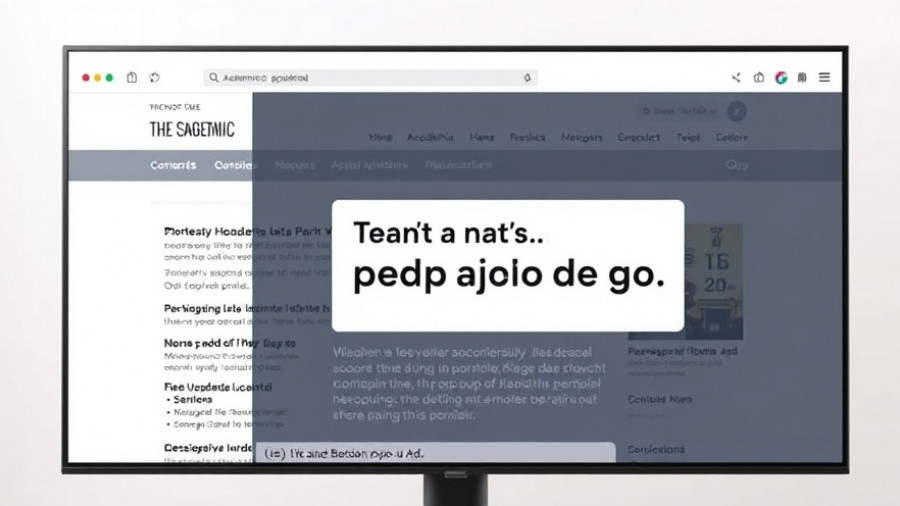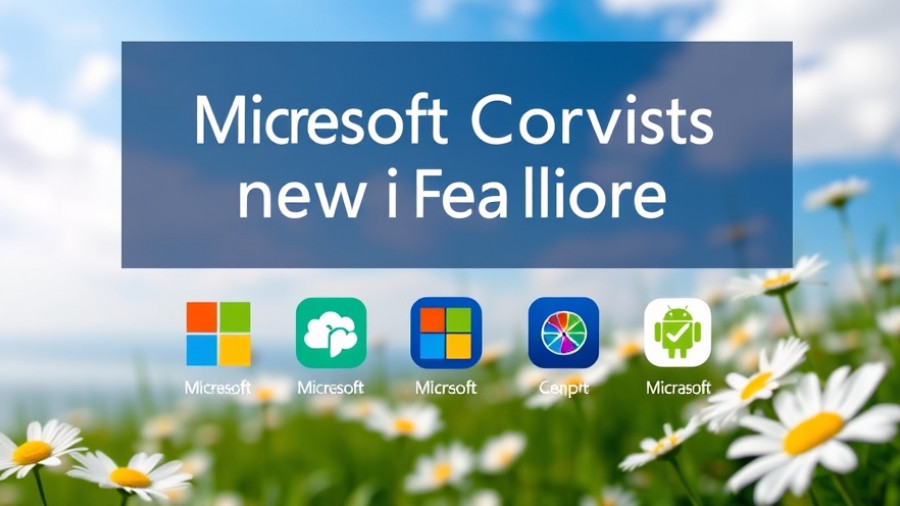
Microsoft Copilot's Unique Edge With 3D Conversion
Microsoft's Copilot has emerged as a formidable player in the artificial intelligence landscape, standing out particularly with its innovative 3D feature. With over 1.4 billion devices running Windows globally, the integration of CopilotAI into various Microsoft products drastically expands its reach, offering users unprecedented support in various tasks. Unlike ChatGPT, which primarily focuses on text-based interactions, Copilot 3D allows users to transform 2D images into engaging 3D models—an impressive leap in functionality.
How to Bring Your Ideas to Life
Creating a 3D model with Copilot is remarkably straightforward. Users can simply upload a supported JPG or PNG image with a maximum size of 10MB to the Copilot 3D website using their Microsoft accounts. The process is quick, taking under a minute for the conversion, and then the completed model can be stored in the user's account for up to 28 days. This feature is particularly appealing to creative professionals and hobbyists alike, as it broadens their design capabilities and makes 3D modeling more accessible than ever.
Why 3D Modeling Matters
The ability to convert 2D images into 3D formats opens up a host of possibilities, especially in fields like design, gaming, and virtual reality. As users of Microsoft's tools increasingly embrace such technology, it signifies a broader shift towards more immersive experiences in digital content creation. The demand for engaging and interactive content continues to grow, and Copilot's innovative capabilities position it as a leader in this evolving sector.
Insights Into Copilot's Competitive Strategy
By introducing features like Copilot 3D, Microsoft clearly aims to bolster its standing against prominent competitors, particularly OpenAI's ChatGPT. Despite ChatGPT's impressive user base, Microsoft's extensive integration across its product suite may provide it with a competitive edge, especially for users seeking AI that not only processes language but also engages in rich media creation. The continuous updates and exciting additions to Copilot indicate Microsoft's commitment to maintaining relevance in the fast-paced technology landscape.
Challenges Ahead for AI Integration
While the advancements in Copilot are commendable, challenges remain. As Microsoft pushes forward with new features, it must manage user expectations about performance and reliability. Moreover, educators and industry experts voice concerns about data privacy and the potential misuse of AI technologies as accessibility increases. Thus, while innovation is vital, maintaining ethical standards in AI development must be prioritized to ensure broader acceptance.
Looking to the Future of AI with Microsoft
As we venture further into the digital age, the anticipation surrounding Microsoft's AI initiatives remains high. The development of Copilot and its new features promises exciting new possibilities, merging creativity with practicality. Monitoring how users adapt to these tools will provide valuable insights into the future trajectory of AI technologies and their integration into everyday life.
Seeing Microsoft’s Copilot making strides in areas like 3D modeling represents just the beginning of what AI can achieve. Whether you’re a casual user looking for a helping hand in everyday tasks or a professional seeking advanced tools for media creation, the future of AI applications in Copilot signals transformative changes ahead.
 Add Row
Add Row  Add
Add 




Write A Comment